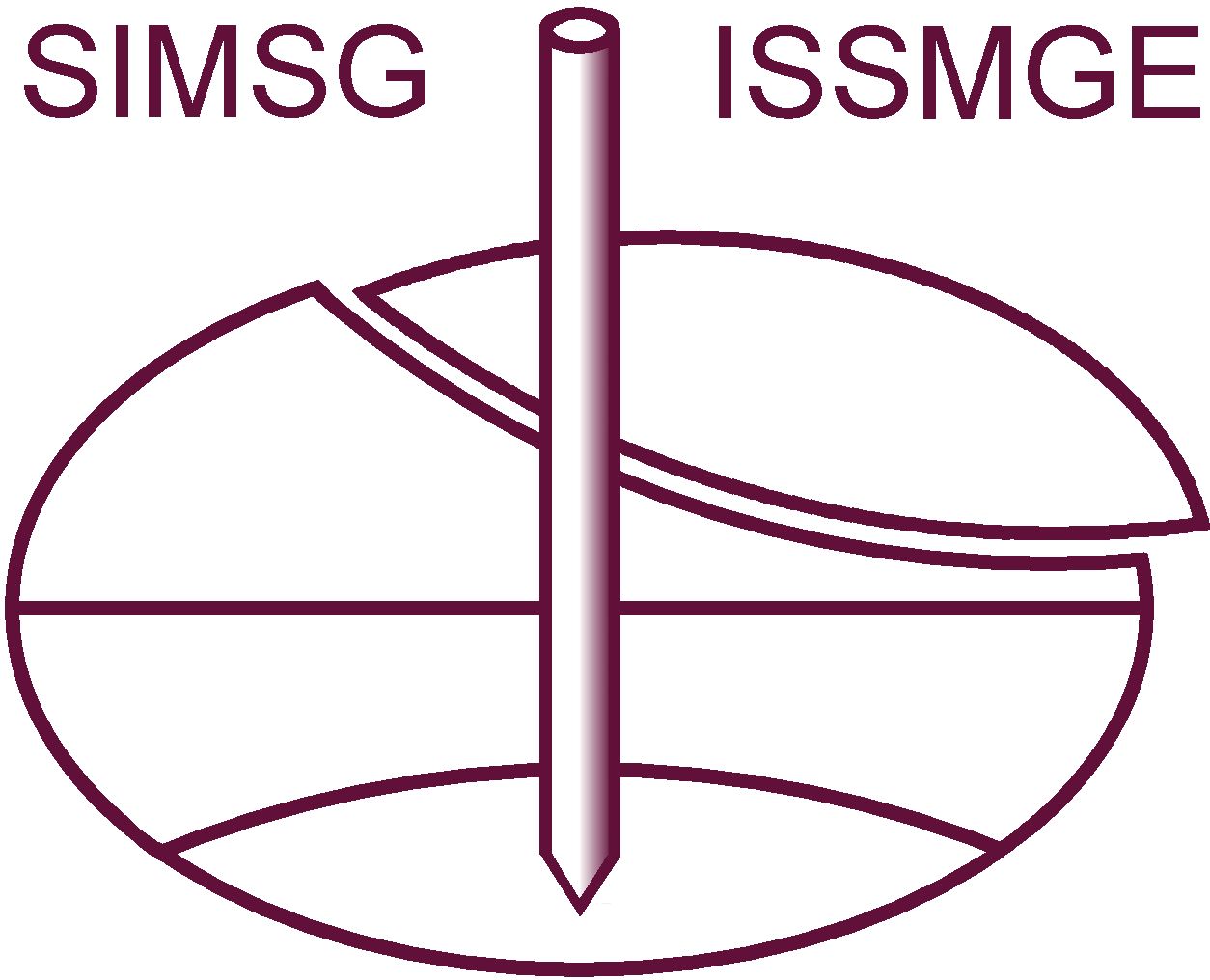KEYNOTE LECTURE
Geosynthetic Reinforced Foundation
Generally, construction on soft foundations is a major challenge for geotechnical engineers due to the insufficient bearing capacity of the foundation, which is associated with an excessive settlement under construction loads. Therefore, improving soil strength and bearing capacity under imposed loads is a key challenge in geotechnical projects. A variety of ground improvement techniques, including preloading with vertical drains, replacement using competent soils, grouting, piling, geosynthetic reinforcement, etc. can be commonly employed to improve the bearing capacity of soft soils. Among the others, geosynthetic reinforcement takes the center stage in basal reinforcement due to its technical efficiency, rapid construction, durability and environmental-friendly solution. The employment of geosynthetic layers inside a granular foundation bed can improve the shear strength of the system and provides an ideal structure with high bearing capacity and low settlement. The type of geosynthetic reinforcement (e.g., geotextile, geogrid, and geocell) can influence both failure modes and stress distribution in the soil medium depending on the geometrical properties of reinforcements, number of layers and the nature of passive or shear resistance developed between soil and reinforcement interface or within the reinforcement’s body (e.g., internal cells of reinforcement elements). Planar reinforcement commonly contributes to the load-carrying mechanism by virtue of frictional resistance mobilized at its interface with surrounding soil (e.g., geotextile) or by interlocking between the ribs of the reinforcement and soil particles (e.g., geogrid). Furthermore, three-dimensional reinforcements such as geocells, besides these mechanisms, can provide confinement or passive forces against pull-out forces, causing more improvement in shear strength or stiffness of the soil-reinforcement composite. So far, increasing the technical knowledge about geosynthetic reinforcement engenders hope in the society of civil engineering, bringing about spreading the applications of these materials in different aspects, including stabilization and reinforcement for footings, pavements, buried pipes and underground utilities, railway and road embankments, slopes and retaining walls. This lecture describes recent scientific achievements encompassing new concepts, mechanisms and design methods for the application of geosynthetics as protection measures in geotechnical sub-structures.
BIO
Dr Moghaddas Tafreshi is a Professor of Civil Engineering at the K.N. Toosi University of Technology since 2000. He is an international-renowned expert in the field of Geotechnical/Geosynthetics Engineering with over 25 years of experience in teaching, research, consultancy, and professional activities. Dr Moghaddas Tafreshi is the president of the Iranian Chapter of the International Geosynthetics Society (IGS) and Associate Editor of the Geotextiles and Geomembranes journal. As a leading expert in the field of geotechnical engineering (especially geosynthetics and sustainable infrastructures), his research achievements have been reflected in more than 70 journal papers. His current research activities are focused on experimental and numerical studies on the application of geosynthetic reinforcement in a wide range of geotechnical structures, notably foundations, roads and pavements, buried pipelines and underground utilities.






